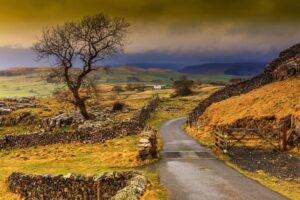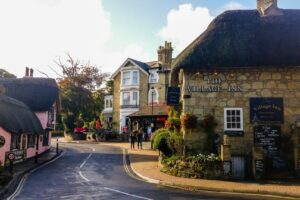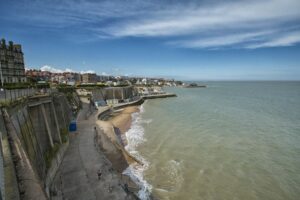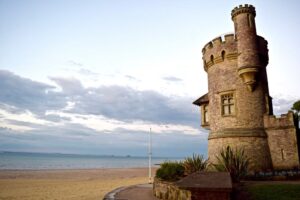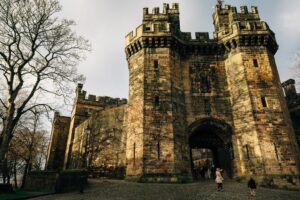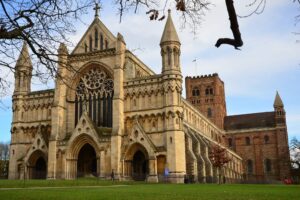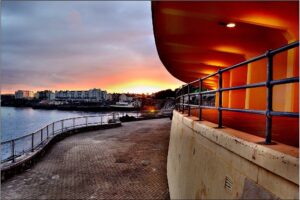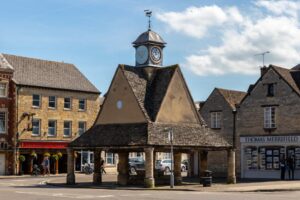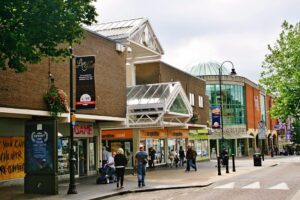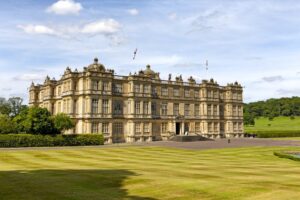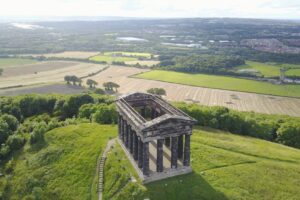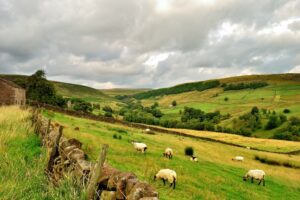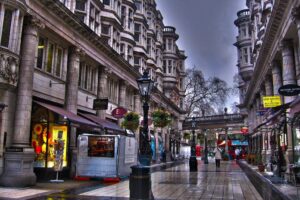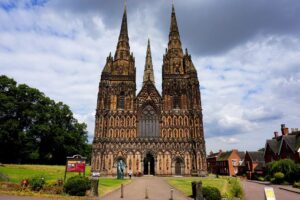Located within Greater Manchester, Rochdale has a historical presence dating back to at least the 11th century, as noted in the Domesday Book. The town gained significance through the wool trade in the 18th century and transitioned into a prominent textile manufacturing hub during the 19th century. A remarkable testament to this prosperous era is the town hall, recognized as one of the finest instances of Gothic Revival architecture in the United Kingdom. Additionally, the modern Co-operative Movement emerged in Rochdale in 1844 when the Rochdale Equitable Pioneers established a shop, which has since been converted into a museum.
Read More
